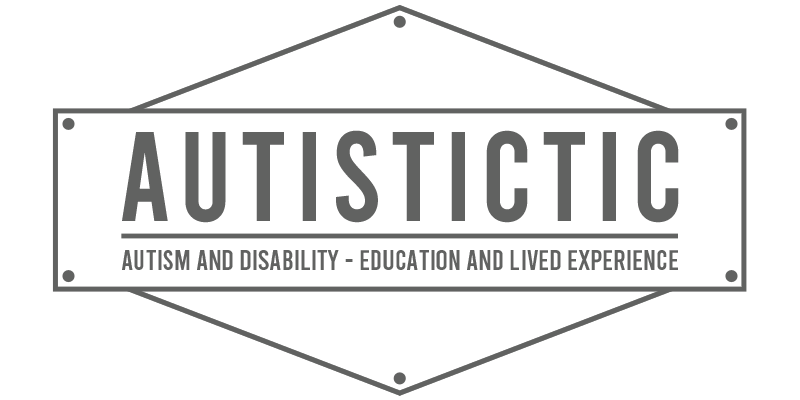WHAT IS AUTISM?

I had to search far and wide to find a definition of autism that is understandable and that I agree with. The following text was written by Nick Walker over at NEUROCOSMOPOLITANISM and is reposted here with permission.
WHAT IS AUTISM?
Autism is a genetically-based human neurological variant. The complex set of interrelated characteristics that distinguish autistic neurology from non-autistic neurology is not yet fully understood, but current evidence indicates that the central distinction is that autistic brains are characterized by particularly high levels of synaptic connectivity and responsiveness. This tends to make the autistic individual’s subjective experience more intense and chaotic than that of non-autistic individuals: on both the sensorimotor and cognitive levels, the autistic mind tends to register more information, and the impact of each bit of information tends to be both stronger and less predictable.
Autism is a developmental phenomenon, meaning that it begins in utero and has a pervasive influence on development, on multiple levels, throughout the lifespan. Autism produces distinctive, atypical ways of thinking, moving, interaction, and sensory and cognitive processing. One analogy that has often been made is that autistic individuals have a different neurological “operating system” than non-autistic individuals.
According to current estimates, somewhere between one percent and two percent of the world’s population is autistic. While the number of individuals diagnosed as autistic has increased continually over the past few decades, evidence suggests that this increase in diagnosis is the result of increased public and professional awareness, rather than an actual increase in the prevalence of autism.
Despite underlying neurological commonalities, autistic individuals are vastly different from one another. Some autistic individuals exhibit exceptional cognitive talents. However, in the context of a society designed around the sensory, cognitive, developmental, and social needs of non-autistic individuals, autistic individuals are almost always disabled to some degree – sometimes quite obviously, and sometimes more subtly.
The realm of social interaction is one context in which autistic individuals tend to consistently be disabled. An autistic child’s sensory experience of the world is more intense and chaotic than that of a non-autistic child, and the ongoing task of navigating and integrating that experience thus occupies more of the autistic child’s attention and energy. This means the autistic child has less attention and energy available to focus on the subtleties of social interaction. Difficulty meeting the social expectations of non-autistics often results in social rejection, which further compounds social difficulties and impedes social development. For this reason, autism has been frequently misconstrued as being essentially a set of “social and communication deficits,” by those who are unaware that the social challenges faced by autistic individuals are just by-products of the intense and chaotic nature of autistic sensory and cognitive experience.
Autism is still widely regarded as a “disorder,” but this view has been challenged in recent years by proponents of the neurodiversity model, which holds that autism and other neurocognitive variants are simply part of the natural spectrum of human biodiversity, like variations in ethnicity or sexual orientation (which have also been pathologized in the past). Ultimately, to describe autism as a disorder represents a value judgment rather than a scientific fact.

This is brilliant. So concise and clear and not disabling.